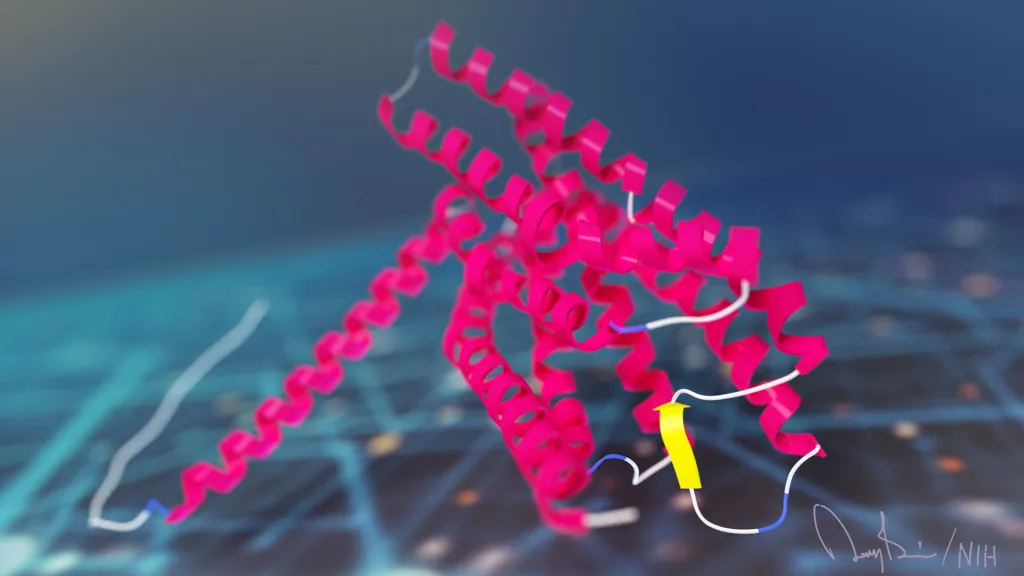A breakthrough in the fight against drug-resistant Staphylococcus aureus (MRSA) bacteria has emerged with the discovery of a new class of antibiotics, facilitated by more transparent deep learning models.
Artificial intelligence (AI) has proven to be transformative in medicine, aiding scientists in uncovering the first new antibiotics in 60 years.
This discovery marks a pivotal moment in combating antibiotic resistance, a global health threat claiming thousands of lives annually.
James Collins, professor of Medical Engineering and Science at the Massachusetts Institute of Technology (MIT) and co-author of the study, emphasized the significance:
“The insight here was that we could see what was being learned by the models to make their predictions that certain molecules would make for good antibiotics.”
Published in Nature and co-authored by a team of 21 researchers, the study aimed to demystify the process behind AI-driven drug discovery.
Utilizing a deep-learning model, the team predicted the activity and toxicity of a novel compound intended to combat methicillin-resistant Staphylococcus aureus (MRSA), a bacterium responsible for a spectrum of infections, from mild to life-threatening.
The MIT team trained an extensively expanded deep learning model using a vast dataset of approximately 39,000 compounds evaluated for their antibiotic potential against MRSA.

By inputting both the resulting data and detailed chemical structures into the model, researchers sought to “open the black box” of AI’s decision-making processes, as explained by Felix Wong, a lead author of the study and postdoc at MIT and Harvard.
To refine their selection of potential antibiotics, the researchers employed three additional deep-learning models to assess the toxicity of compounds on different types of human cells.
By integrating toxicity predictions with antimicrobial activity data, they identified compounds capable of effectively combating MRSA with minimal harm to human cells.
Screening approximately 12 million commercially available compounds using this approach, the models identified promising candidates from five different classes, based on specific chemical substructures within the molecules.
Further laboratory testing on around 280 of these compounds revealed two potential antibiotic candidates from the same class.
In experiments involving two mouse models—one for MRSA skin infection and another for systemic MRSA infection—each of these compounds significantly reduced the MRSA population.
This innovative approach, enabled by AI-driven deep learning models, holds promise for accelerating the discovery and development of new antibiotics urgently needed to address antimicrobial resistance.
